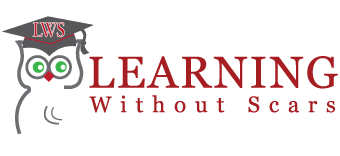This class introduces the fundamentals of Direct Current (DC) voltages and currents, providing the groundwork for understanding DC electrical systems in both theory and practice.
DC Voltage:
Unlike alternating current (AC), which varies in a sinusoidal pattern, DC voltage remains constant over time. This stability makes it especially well-suited for powering electronic devices, battery-operated equipment, and other applications requiring reliable energy.
DC Current (DC):
DC current flows consistently in a single direction, offering predictable and stable performance.
In this course, we will examine how DC current is generated, measured, and controlled, as well as its relationship to voltage and resistance through Ohm’s Law.
Key Concepts Covered:
• Ohm’s Law: Understanding the relationship between voltage, current, and resistance
• Kirchhoff’s Laws: Techniques for analyzing complex DC circuits
• Power in DC Circuits: Methods for calculating power dissipation and efficiency
• Series and Parallel Circuits: How components behave in different configurations
• Practical Applications: Real-world uses of DC systems, from power supplies to modern electronics
By the end of this class, you will have the ability to analyze and design DC circuits, applying these principles to a wide range of industrial and technological contexts.
